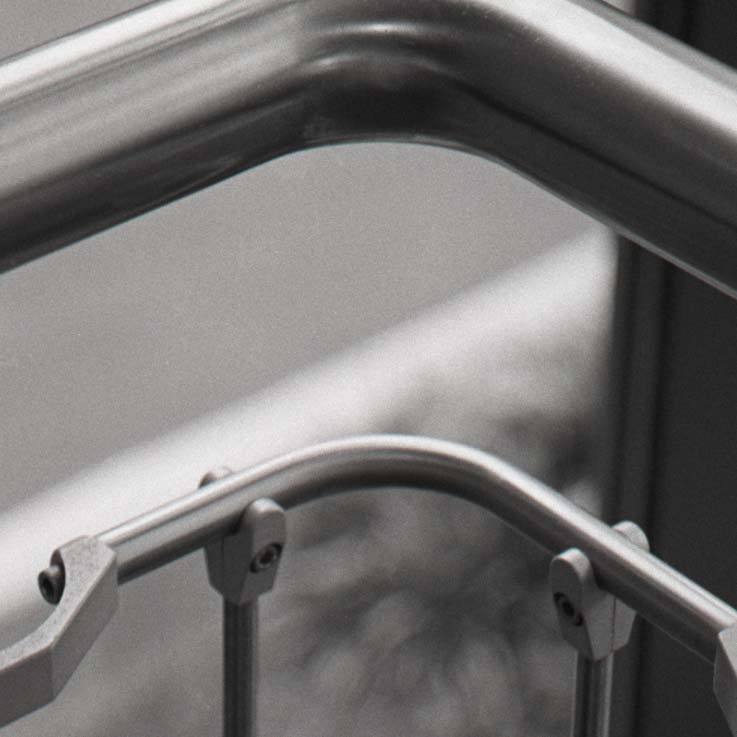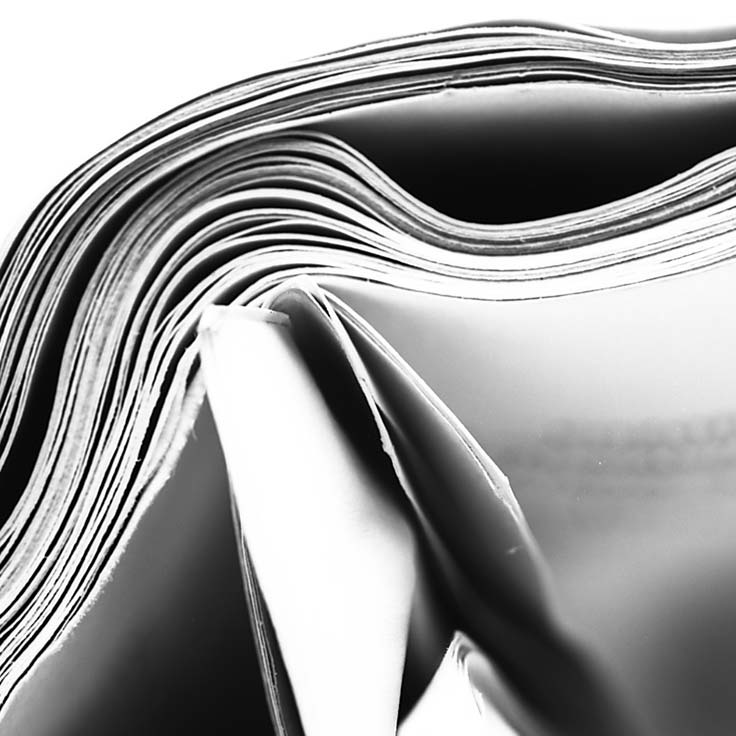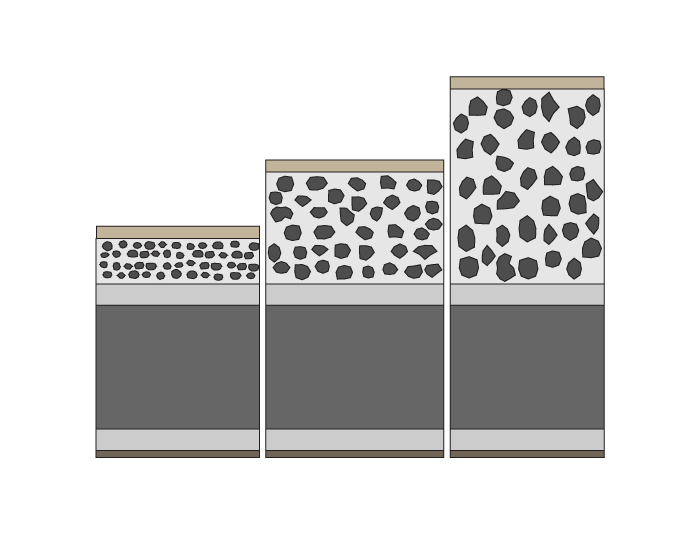Film Characteristics
Like formats, different film types share a set of characteristics, which determine (to a large extent) their use. While each film has a set of inherent characteristics determined by the manufacturing, many characteristics can be altered in processing, by altering variables such as time, agitation, and developer (including developer dilution). Recommended for beginners is to stick with a single combination of film and developer until very consistent results are obtained.


Sensitivity to Light
Film's relative sensitivity to light is referred to as its speed. This is measured as an ASA (American Standards Association) or DIN (Deutsches Industrie Norm) number, which combines is given as an ISO (International Standards Organization). However it is presented, the number means the same thing: the higher the number, the more sensitive the film.
Film speed is broken down into four general categories. Slow film is rated at <100 ASA, 21° (DIN), 100/21° (ISO). Medium speed is between 100 and 200 ASA (21°-24° DIN). Fast is rated from 200/24° ISO to 400/27° ISO, and ultrafast above 400/27° ISO. These speeds are, as mentioned, relative. Which film is used will depend on more than simply speed alone. They are also manufacture's recommendations. With experience, one may find that rating a particular film at a different speed than the recommendation will produce better results.
Grain

Grain is the actual, physical clumps of metallic silver left in the emulsion after processing. Films run from fine-grained to coarse. The grain structure is most closely related to the film speed: the slower the film, the finer the grain.
While slower films are inherently less grainy than faster films, grain can be manipulated to some extent by development. Altering the developer, the developer's dilution, agitation, and temperature all can have an effect on grain. Putting it simply (maybe oversimplified), increasing the strength of the developer (less or not diluted), increasing the temperature of the developer, and/or increasing the agitation amount or speed will speed up the development, which will cause the silver to clump more than it would without altering these conditions.
Grain is the main trade-off for speed when selecting a film. Often conditions will prevent the use of fine-grained films, due to their lack of speed. for example, it is difficult to hand-hold 50ASA film, even in fairly bright light. Using a long lens, which by its nature is more sensitive to vibration, further exacerbates the problem.
Color Sensitivity
The majority of black-and-white films are panchromatic. This means they are sensitive to the entire spectrum of visible light, or all colors. They are, however, generally more sensitive to the blue end of the spectrum, and less sensitive to the red end. This will cause blue to print lighter, and reds darker, than we perceive in the scene. The blue sensitivity becomes readily apparent when photographing scenes with a lot of sky in them. The skies will tend to be very dense on the negative (burned out), making them difficult to print with any tone at all. Using a yellow or red filter on the lens can help this.
Color films are also essentially panchromatic, but their color sensitivity is viewed in a different manner. The main factor with color film and its color sensitivity is the film's light balance. There are two general types. The first, and more common, is daylight .This is used with sunlight and strobes (flash). The second is tungsten balanced, which is for incandescent lighting. Fluorescent lighting presents a problem, as it is neither, and usually requires filtration.
Color saturation is related, and is inherent in different color films. Some yield accurate, normal color, while some are purposely designed to produce strongly saturated color. This is usually most apparent in reds and blues.
Contrast
Directly related to speed, contrast is the amount of difference in density produced by a difference in exposure. Slow films are inherently more contrasty than fast films. There are films specifically designed to be very high contrast (orthochromatic), producing only black and clear.
While films have inherent contrast characteristics, keep in mind that contrast begins with the scene or subject being photographed. Using a slow film with a high contrast scene will tend to create negatives that are very contrasty. Likewise, a fast film and a flat scene will give very low-contrast negatives.
Contrast is also controlled by development. The choice of developer plays a roll in this. Some developers are specifically designed for high contrast: Kodak D-19, Ilford ID-13, for example (as listed in Anchell's Darkroom Cookbook), while others are designed to yield low contrast (Agfa 14, Ilford ID-3). Most often a general-use developer is used, and by altering the dilution (stronger = more contrast) and/or the time (longer = more contrast), or both. More on the effects of developer can be found in the Film and Developers section.
Exposure Latitude
Exposure latitude is the ability of a film to be under-and overexposed and still produce usable images. For most films, there is more latitude for overexposure than underexposure. Slower films will have (generally) less latitude than faster films.
Panchromatic black and white films have relative large latitude compared to color films, with color transparency films having very little at all. It is fairly easy to get usable images in a 3-5 stop range with black and white. Color transparency films have very little latitude, about 1/2 stop either way, and must be metered and exposed carefully.
Resolution
Resolution is a film's ability to record fine detail. In general, slower film has greater resolution. Resolution is affected by development, like grain and contrast (which are related), and much in the same manner. With resolution, more development means less resolution.
Acutance
Acutance is edge sharpness. It is most apparent where two tonal areas meet. A high-acutance film will have more apparent sharpness than low. Acutance is related to speed, in that slower films tend to have higher acutance. The larger grains in faster films tend to blur edges. Acutance can be manipulated by development. Slower, weaker development will preserve acutance.